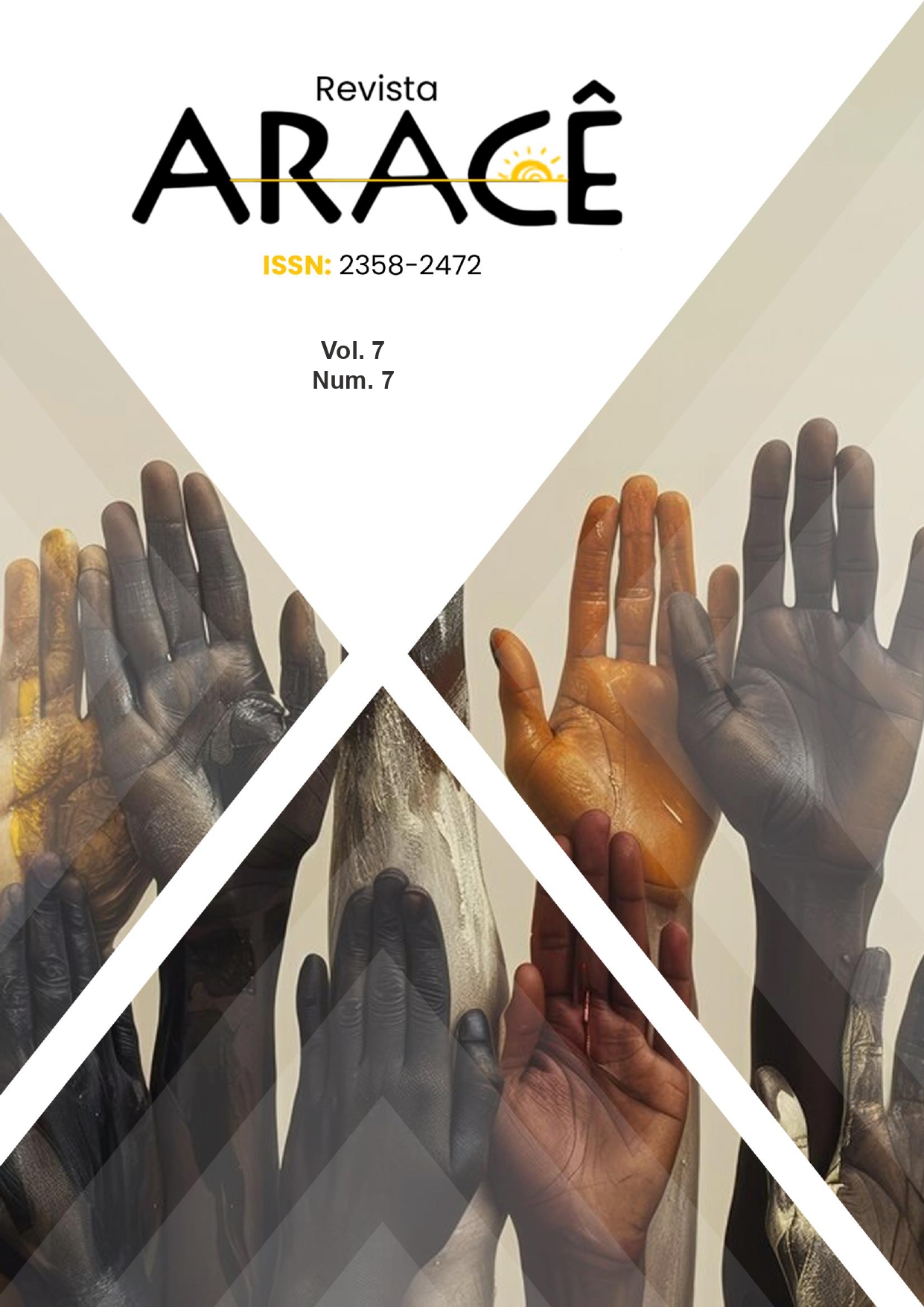NARRATIVAS DIGITAIS E JUVENTUDE CONECTADA: HIBRIDISMO, COLABORAÇÃO E APRENDIZAGEM NA WATTPAD
DOI:
https://doi.org/10.56238/arev7n7-043Palavras-chave:
Narrativas digitais, Letramento digital, Wattpad, Autoria colaborativa, Cultura participativa em rede digitalResumo
Este artigo analisa as práticas de produção de narrativas realizadas por jovens autores na plataforma Wattpad, investigando como as linguagens híbridas estão sendo mobilizadas como parte dos processos de multiletramentos e contribuem para a formação de sujeitos e sentidos no contexto da cultura digital. Tomada como uma Pesquisa Qualitativa e ancorada na abordagem Netnográfica de investigação, esta pesquisa observa narrativas ficcionais marcadas por autoria compartilhada, práticas de letramento afetivo e remix e também por multirreferencialidades. Como referencial teórico adotamos os conceitos da Media Ecology (Ecologia dos Meios) preceituados por MacLuhan (1964) e Postman (2000), do Conectivismo elaborado por Siemens (2014) e dos Letramentos Digitais discutidos por Lankshear e Knobel (2008). O trabalho evidencia a plataforma Wattpad como ecossistema de aprendizagem colaborativa informal, no qual os jovens dão vazam à sua criatividade por meio de novas interpretações e/ou desdobramentos dos produtos culturais pertencentes ao seus campos de interesse. Os resultados das análises feitas no corpus de oito (08) histórias ficcionais pertencentes ao gênero fanfic criadas nos subgêneros adaptações de séries e romance adolescente, apontam para a existência de práticas de leitura e escrita colaborativas presentes no território do digital que podem promover novas experiências de letramento remix, de intertextualidade e intermidialidade, ampliando repertórios interpretativos e costurando outros diálogos com a produção de sentidos pela juventude conectada.





